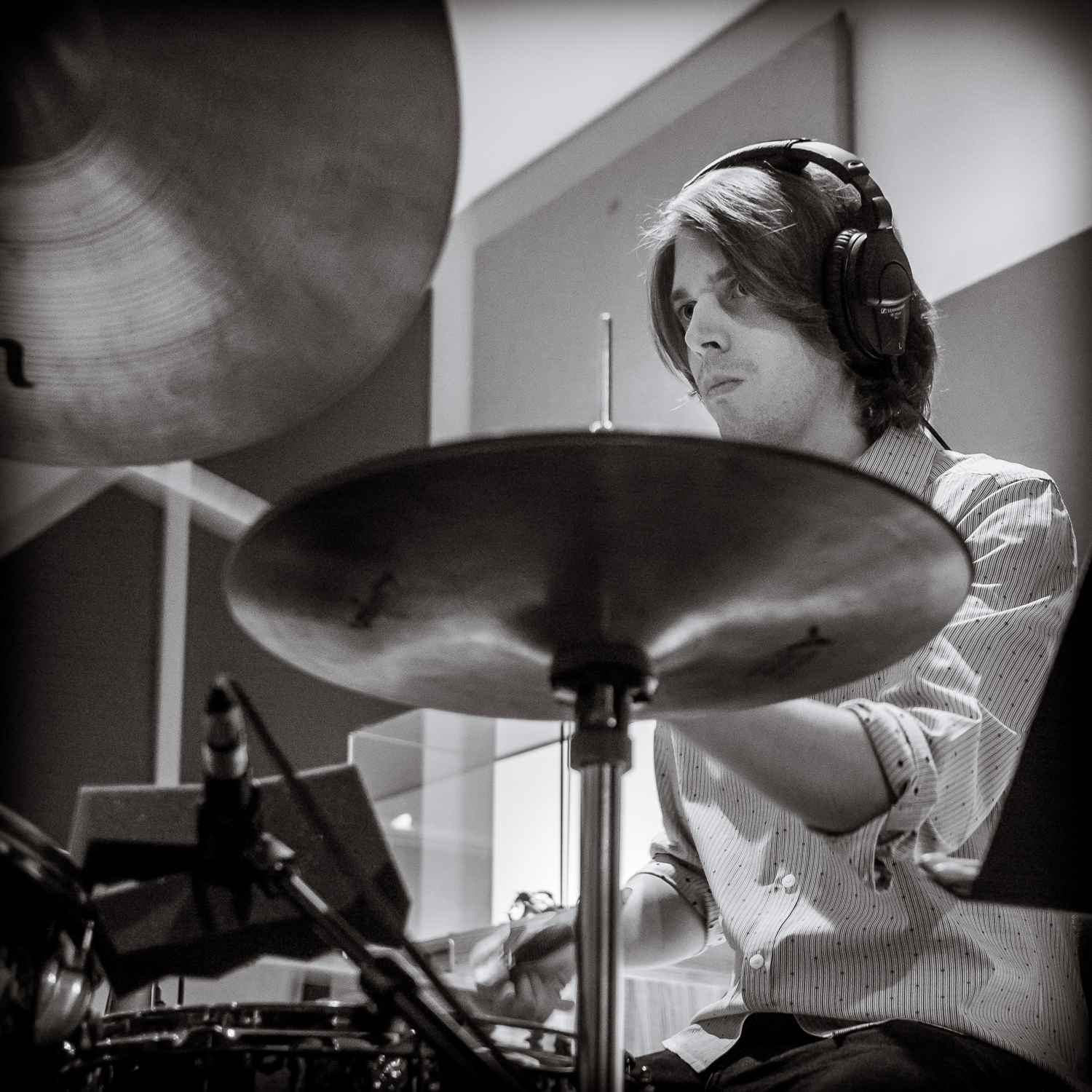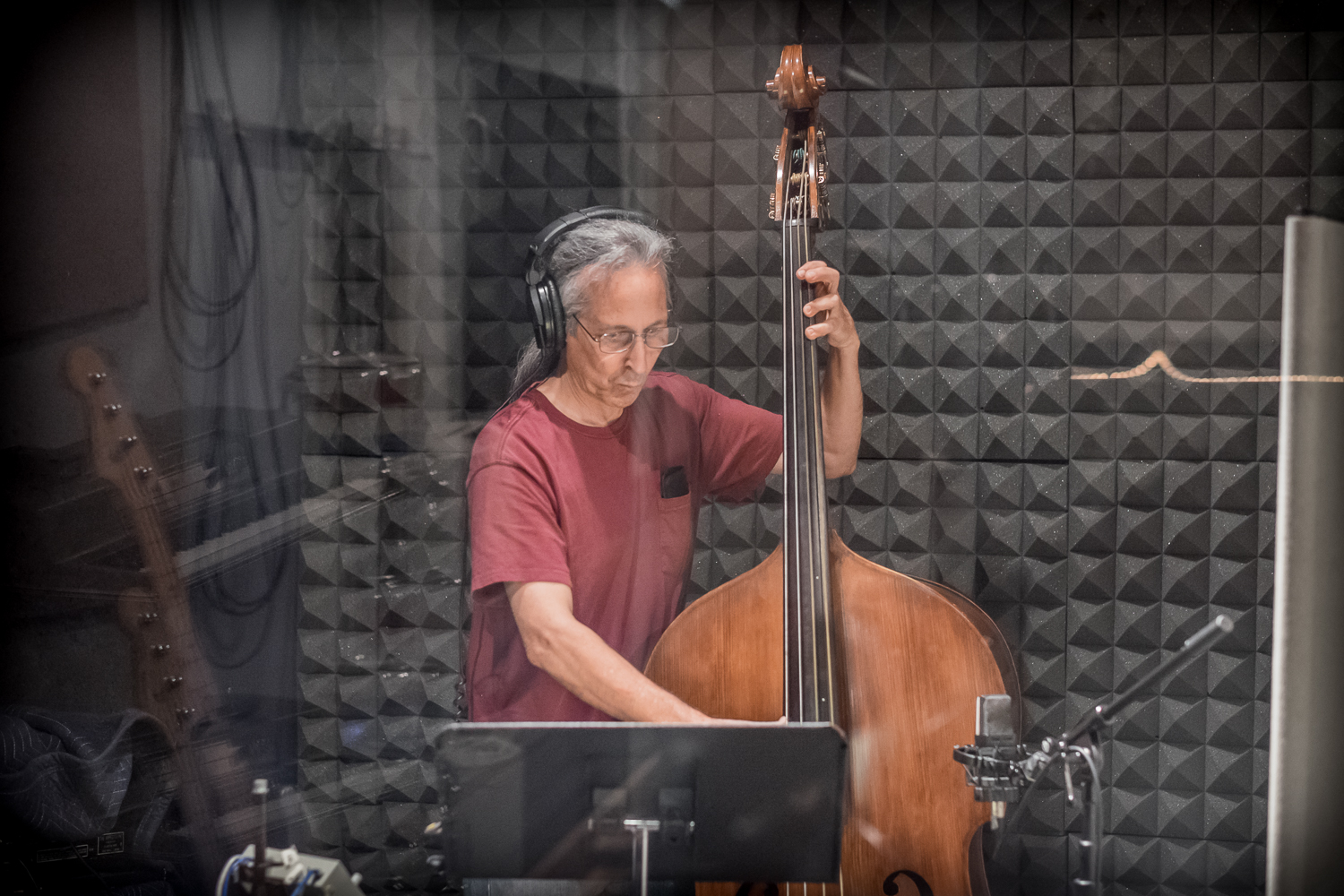We're so happy to share this with you all! Enjoy! :)
'All Over', OUT NOW, only on www.finelionband.com
After a delectable spell of hard work, we have another song ready for your listening pleasure! We are quite proud of the way it turned out, so, have a listen and tell us what you think. Happy Geimhreadh! Download HERE
Having a little fun at my home studio, tonight -
I used to play this all the time....one of my favorite Neil songs. - Jake
'Oh Suzanna', OUT NOW, only on www.finelionband.com
After much time, attention & love, 'Oh Suzanna' is ready for your listening pleasure. We are quite proud of the way it turned out, so, have a listen and tell us what you think! Download HERE
Marginal Surcharge
On the set of our upcoming short film. Caption this -
SONG RELEASE!
WE'RE PROUD TO ANNOUNCE THE RELEASE OF 'TIME LOCKED CAGE' TODAY. CHECK IT OUT UNDER THE 'NEW SONG' LINK ON OUR WEBSITE NAVIGATION OR JUST BELOW. CHEERS!
NEW SONG!
We're delighted to announce the release of a song from our forthcoming EP. It will be available this weekend exclusively on our website. More coming soon!
Fine Lion is back in the studio!
Hello! We're back in the studio this week to work on a new record, to be released soon. -
Listening back after laying down some drums and upright bass




Neil Young Lands One -
It's about time an actual artist gets to throw in his two cents on digital audio. Culture industry be damned -
The Pono music player. Photograph: Franz Krachtus/AP
Neil Young's Pono: is it the future of sound?
Fans have pledged in their droves for the new soundsystem, masterminded by Neil Young, which aims to improve audio quality in the digital age. Eamonn Forde is one of the first to try it
It looks like a Toblerone but it still managed to raise $6.2m on Kickstarter, far exceeding its funding target of $800,000. This is Pono, the digital music player and download store that Neil Young has convinced heavyweight backers and the public to sink millions into. Admirably, he wants to “fix” the state of sound he wearily regards as a direct result of MP3 and music streaming’s prioritisation of convenience over quality. And he did this despite few people actually seeing it or using it. Until now.
The Guardian got to demo one of (apparently) only nine players currently in circulation, in the London offices of Omnifone, the digital music company who will be providing all the “back end” dark arts for Pono – something it already does for Sony Music Unlimited, Guvera, rara, US satellite broadcaster SiriusXM and others.
The look
A bit like the Chemical Brothers, Pono sounds incredible but looks frightful. The emphasis and all the work has gone into what happens inside the yellow triangular casing. Talking of which, the shape means it sits neatly on your desk, but if put in your jeans it could make you look like the cover of the Sticky Fingers album.
It has two sockets for headphones on the top and a trapdoor on the bottom to store a HD card, thereby boosting the memory size, which it needs: its high-res audio files could be upwards of 20 times the size of the same song downloaded from iTunes and 150 times the size of a file played over a mobile network to a smartphone. We are really talking about hundreds of songs being stored rather than thousands, so that is one of many compromises potential Pono customers will have to accept.
The sound
The device is being sold on its loftier audio quality and, for the most part, it delivers on its promises. I listened to tracks from Elton John’s Madman Across the Water, Led Zeppelin II and Beck’s Morning Phase as well as Heart of Gold by Neil Young (of course), Contact by Daft Punk and Take Five by Dave Brubeck. Using both high-end headphones and £20 earbuds, the sound was definitely fuller and sharper. Too often “improved audio quality” has been a euphemism for “more bass”, with the lower end swamping and pawing over everything else, but here there were intricate audio checks and balances to ensure that each part sounded right in relation to everything else. It was genuinely impressive.
The response
As this was a demo version, it was stressed that the interface was a prototype rather than the final, finessed version. The haptic response was fine to quickly flick through a small library but if there are hundreds of songs on there, searching will prove to be cumbersome. Also, scrolling through tracks to a precise point involves equal parts guesswork and serendipity, due to the small screen size. If anything, it’s a throwback to the size of the screen on the iPod Photo from a decade ago, with added touch functionality.
The future
There is not a confirmed launch date for Pono in the UK. It is expected that the first wave of devices manufactured will go to Kickstarter investors and then go on sale to the public at around $400 each (UK price to be confirmed). There will also be a linked Pono store, selling music at the highest bit-rate. Omnifone stated that premium-rate sales will depend on licensing terms with the record labels, so it could result in a stepped catalogue offering, with certain tracks sold in high-res, some in lossless and others in MP3. For now, there will be no Pono store access embedded into the player, so you will have to buy (or rip your existing CDs) on your desktop and sideload on to the device. And most significantly, the Pono player does not support Wi-Fi, so if you have invested in Sonos or similar, you can’t connect the player to your wireless speakers.
The competition
There is a clear and definite move this year in digital music to boost the sound quality, and draw in the vinyl-buying audiophile refuseniks who sniffily disdain anything involving zeroes and ones. Deezer has just launched in the US as Deezer Elite, offering streaming quality at 1,411kbps (compared with Spotify’s 320kbps), and soon Norwegian company Aspiro will bring its similar WiMP HiFi service to the UK and the US under the rebranded name of Tidal – which makes it sound like a washing powder rather than a music service. Improved audio, however, is not being offered here as a nice extra: it’s a premium you will have to pay for, and will cost roughly twice what other subscription streaming services do currently. So think closer to £20 a month rather than £10 a month.
The conclusion
The audience is a niche (people who pay for music) within a niche (people who want digital music) within a niche (people who care about the sound quality), so it’s not going to be for the mass market. Yet. Omnifone, as it would be, is confident that people will eventually come round to Neil Young’s way of thinking and hearing. This might not happen for a few years, but Pono is hoping it will net the audiophile early-adopters now, and this will cause a shift in the public’s sonic expectations. If anything, Pono illustrates a peculiar duality currently gripping digital music. You can either have great functionality and design but have to put up with mid-level audio (Spotify, Rdio, Deezer), or if you want supersonic sound, you have to put up with a player that looks as if it was built to be sold alongside penis-shaped drinking straws in Urban Outfitters a decade ago (Pono). For now, never the twain shall meet.
- Posted by
Friday 3 October 2014 07.22 EDTtheguardian.com
http://www.theguardian.com/music/musicblog/2014/oct/03/neil-young-pono-future-of-sound
Great Article In The Guardian by David Byrne!
Analogue Warmth
Great Article!
How do you listen to your music?
http://www.cnn.com/2013/09/27/tech/innovation/death-stereo-system/index.html?hpt=hp_c2
tracking drums at 5th st. studios in Austin, TX!
We had a great time this July tracking drums at the fabulous 5th st. studios in Austin! Looking forward to recording the rest at our home studios over the next few weeks.










